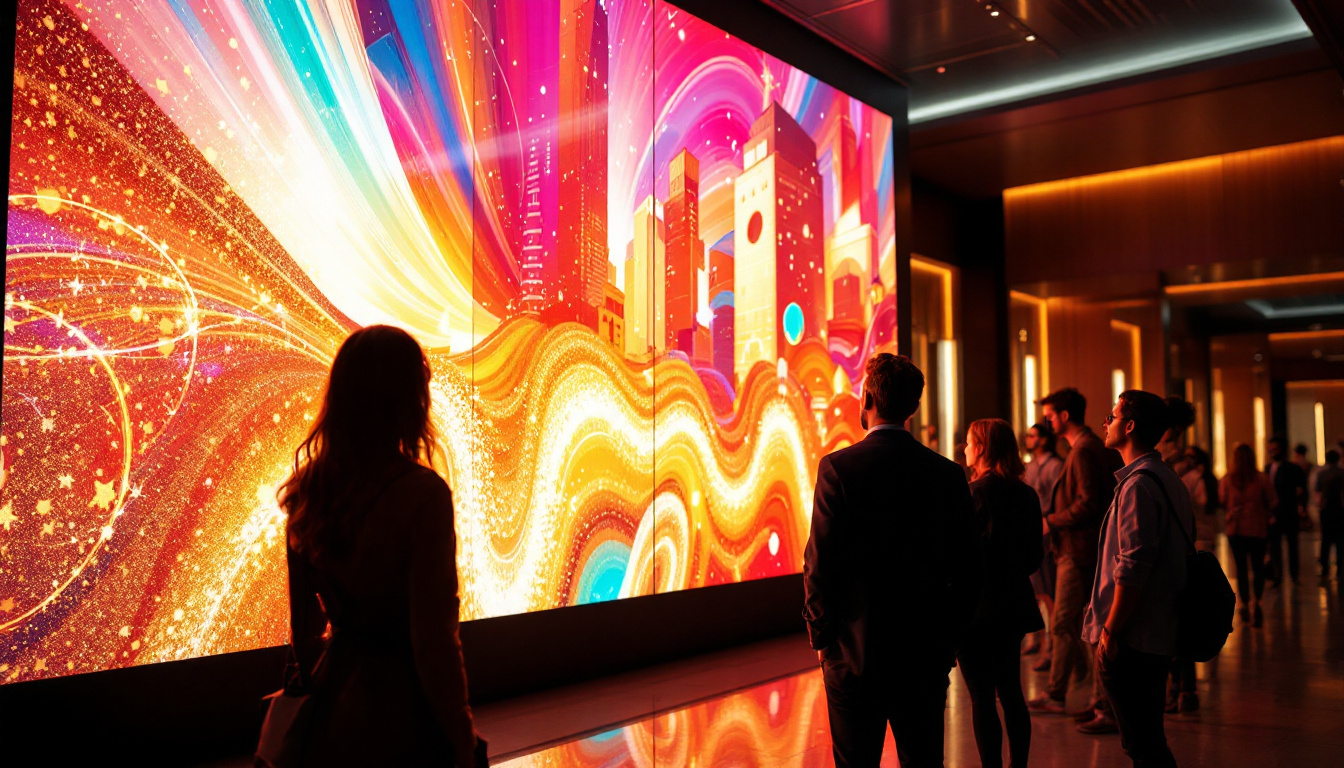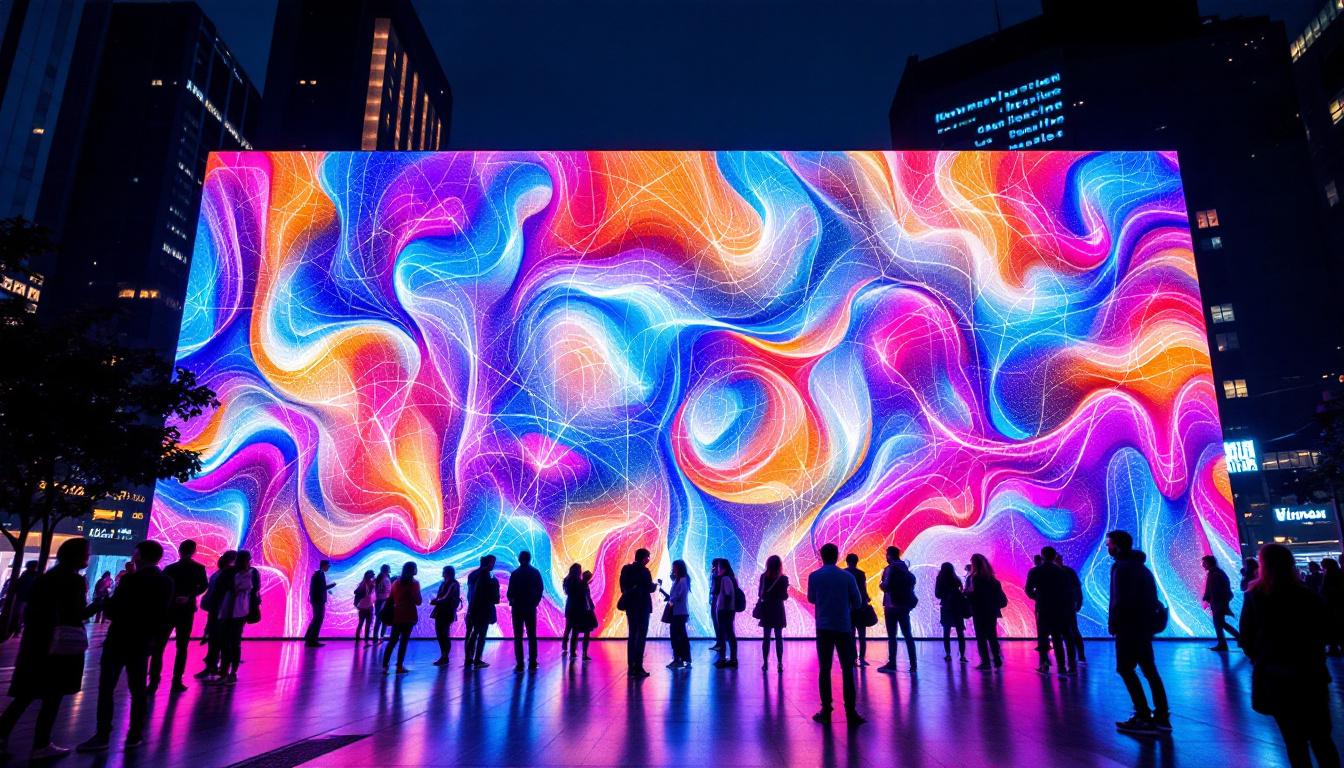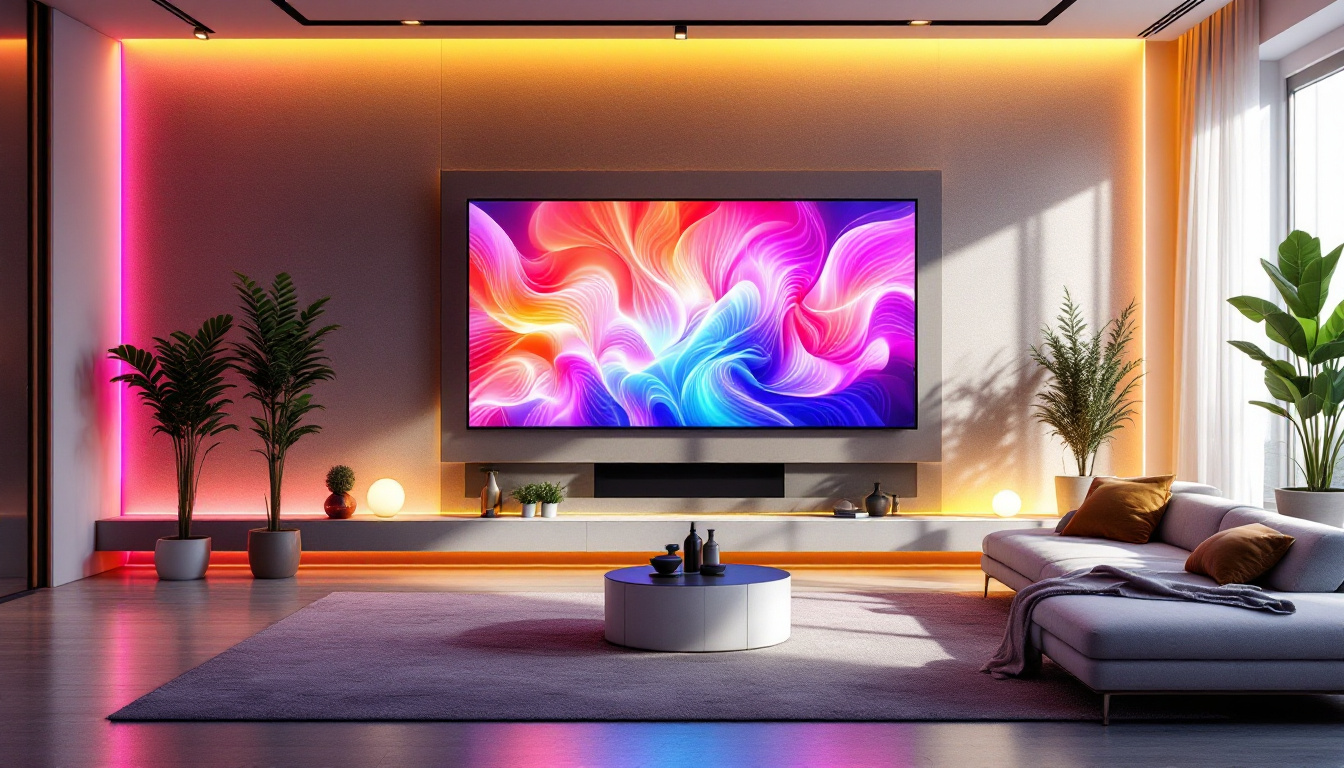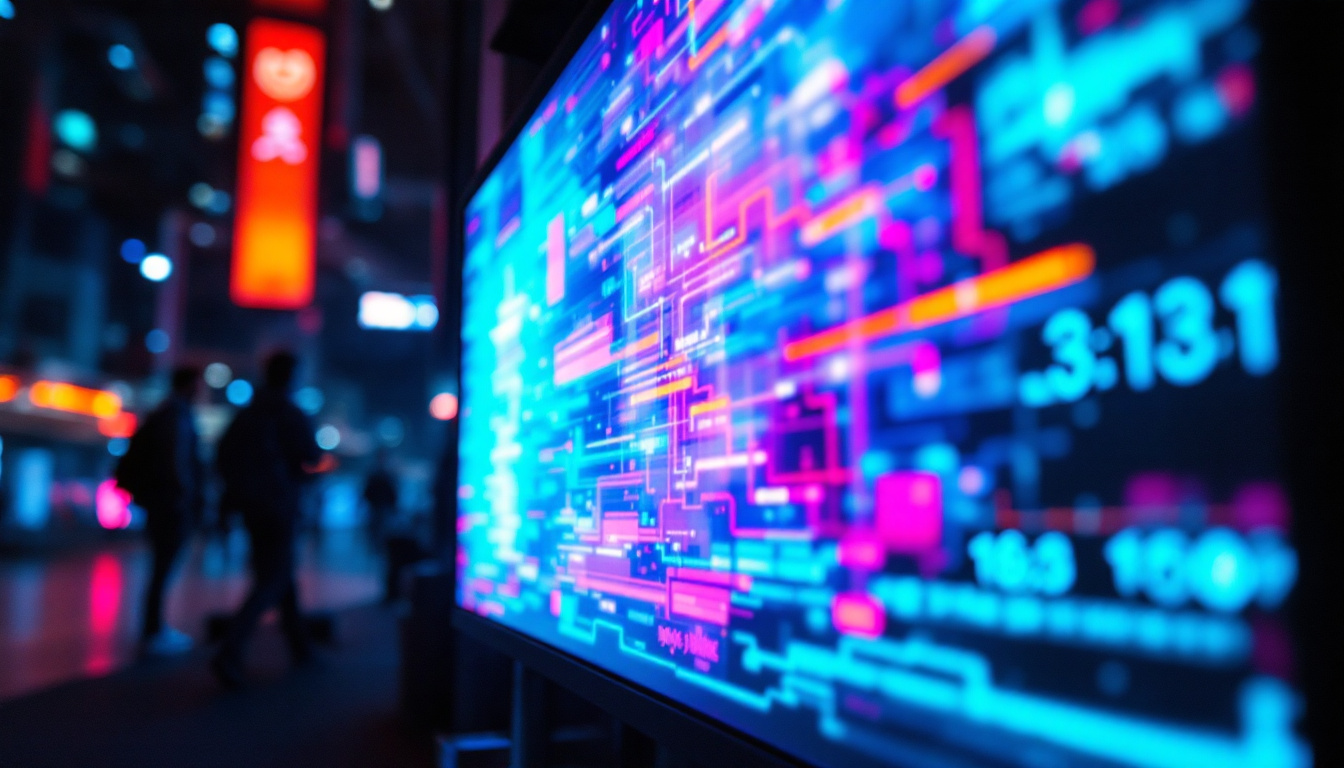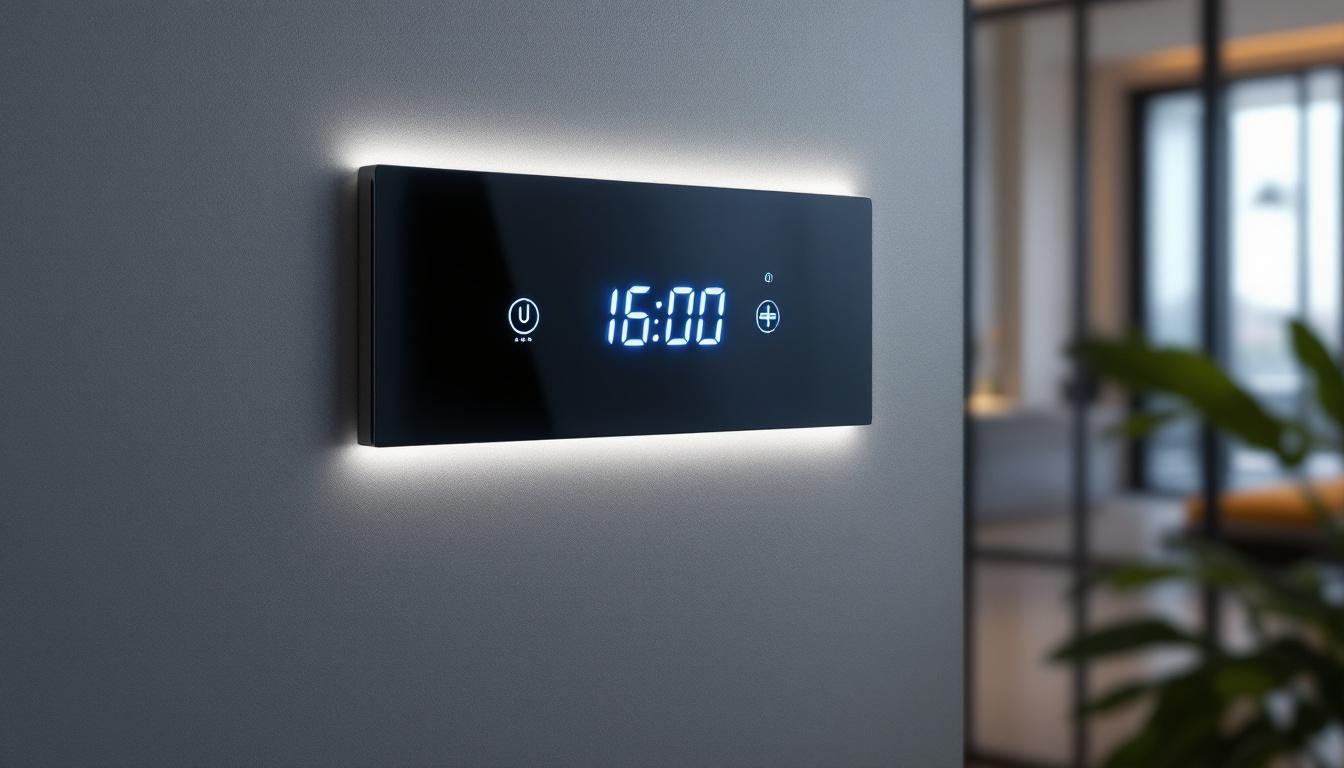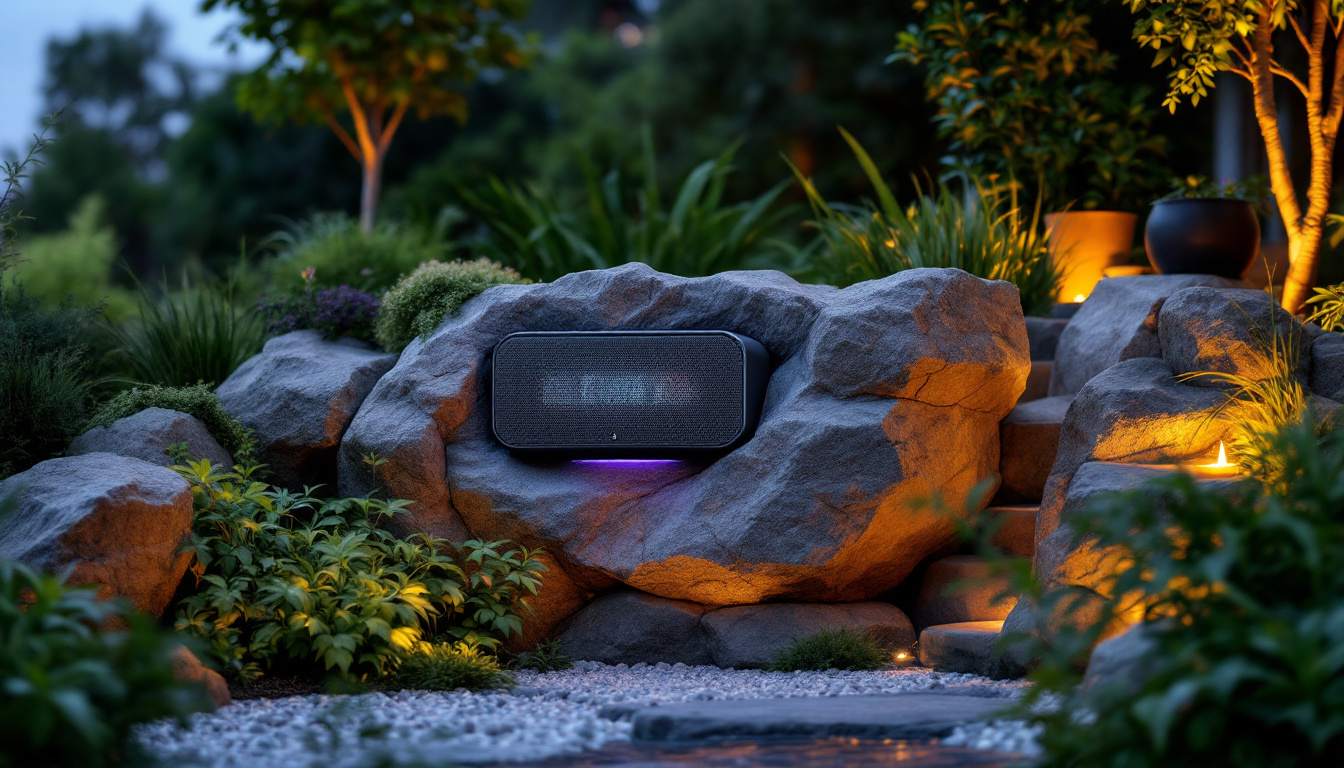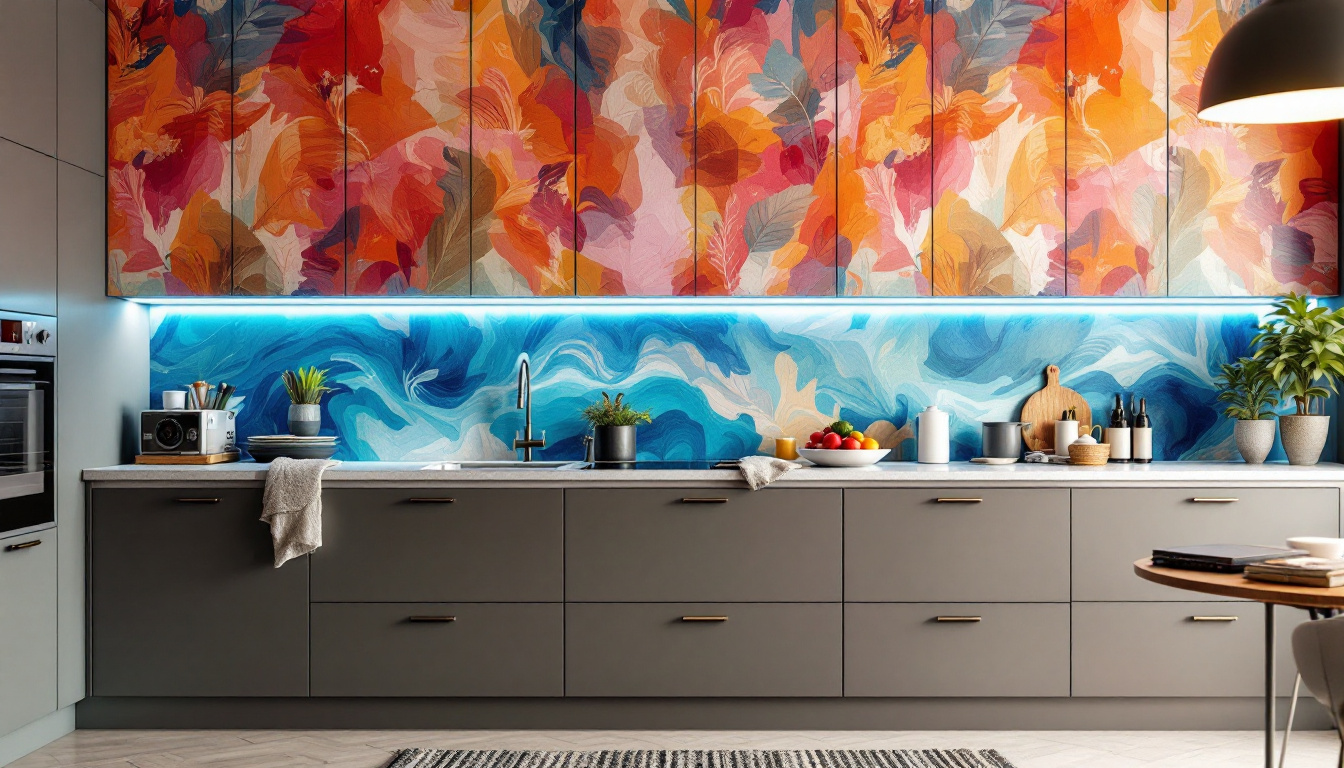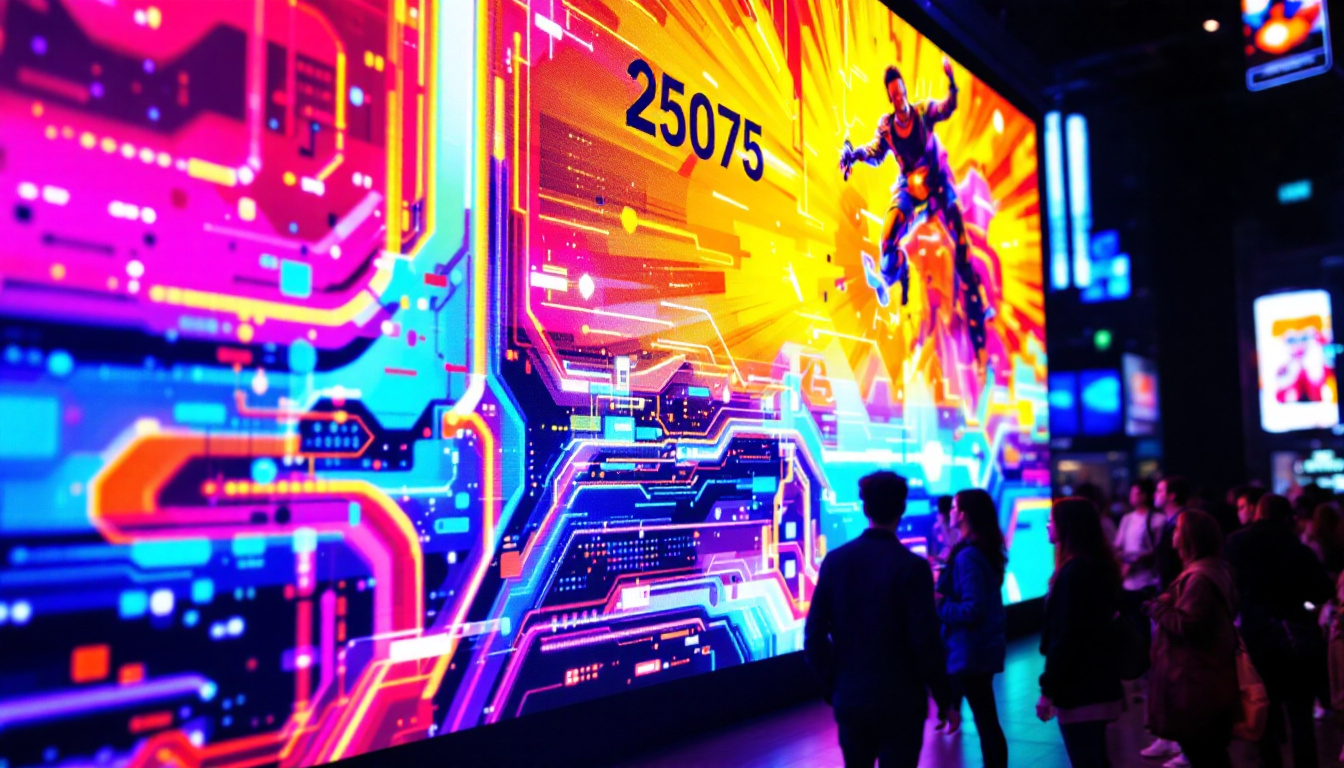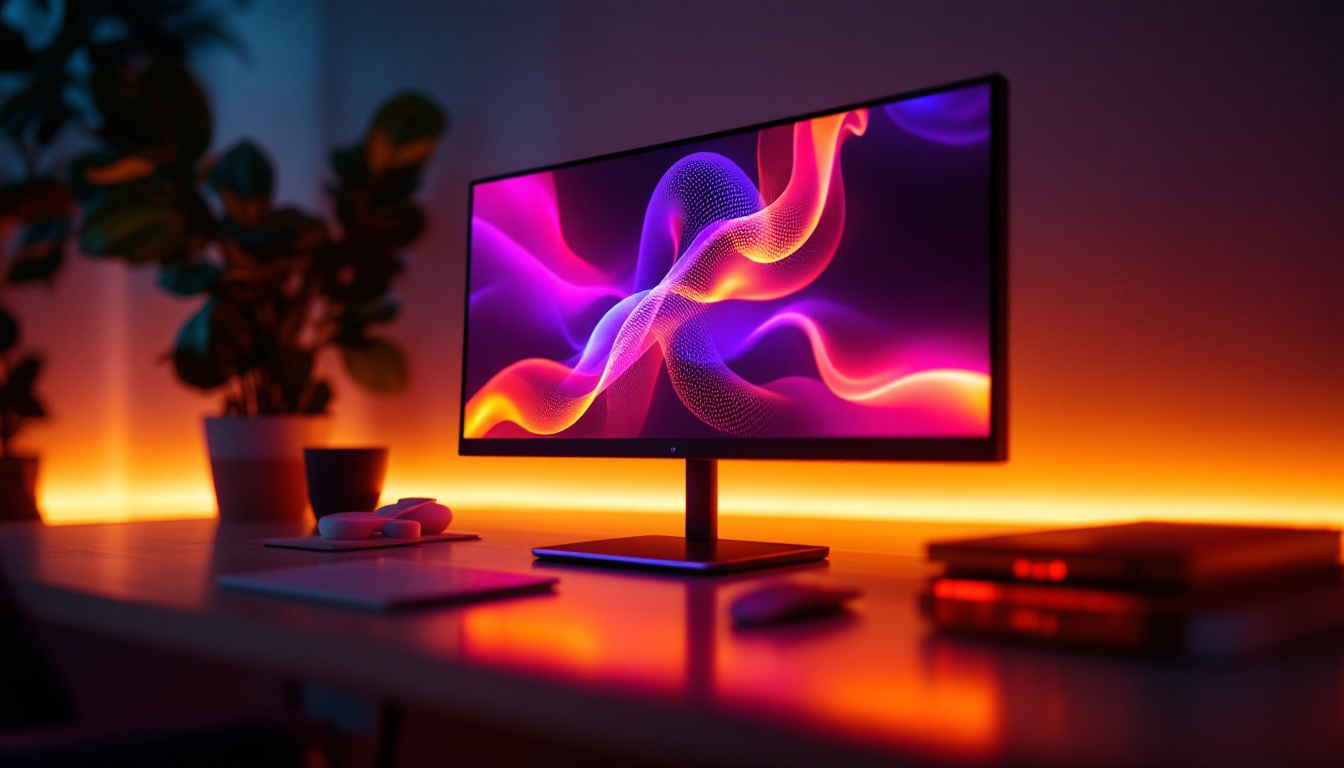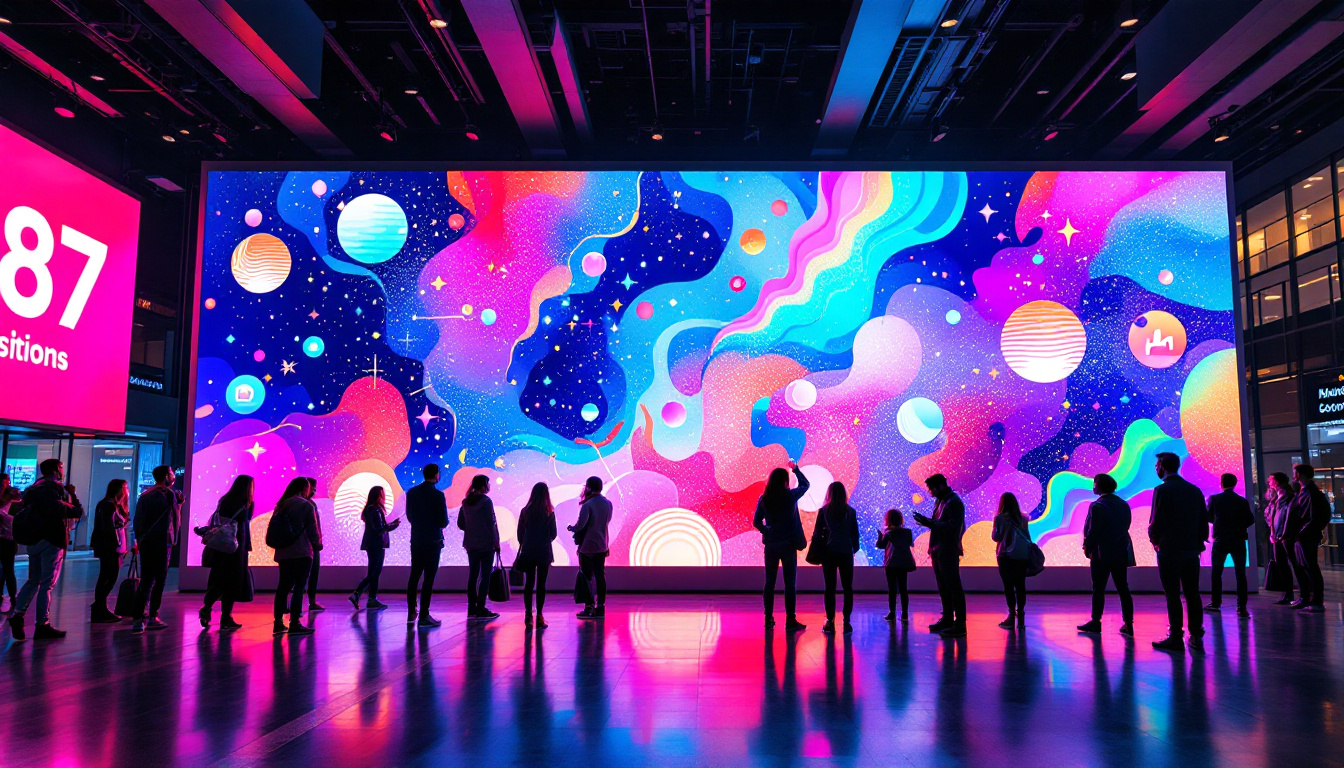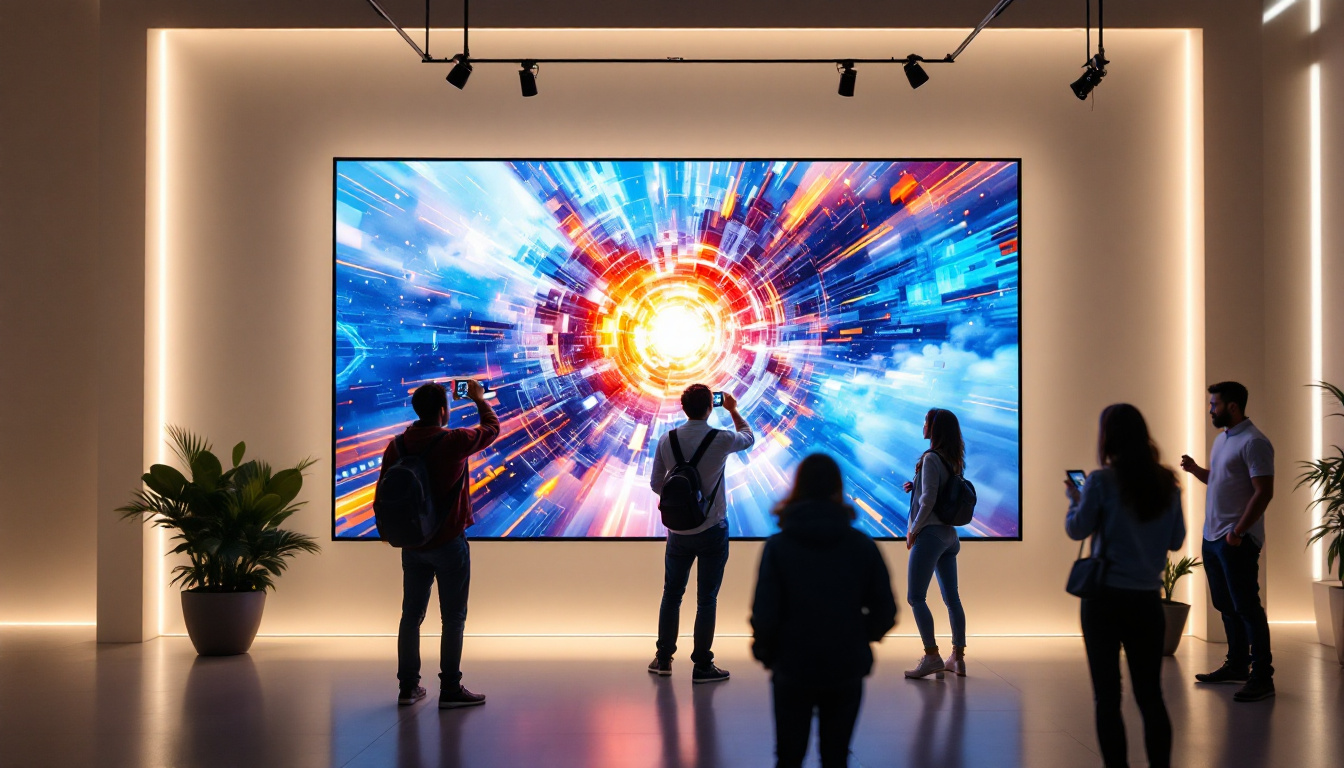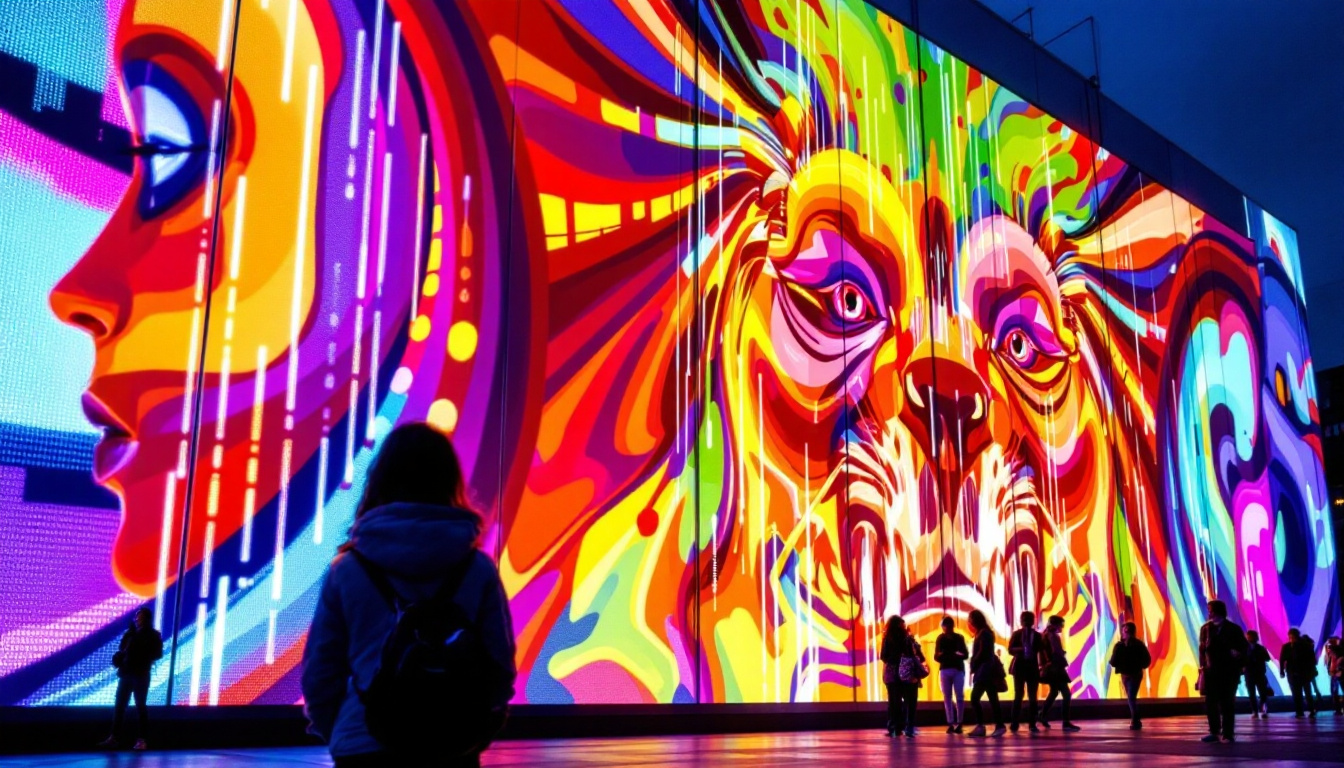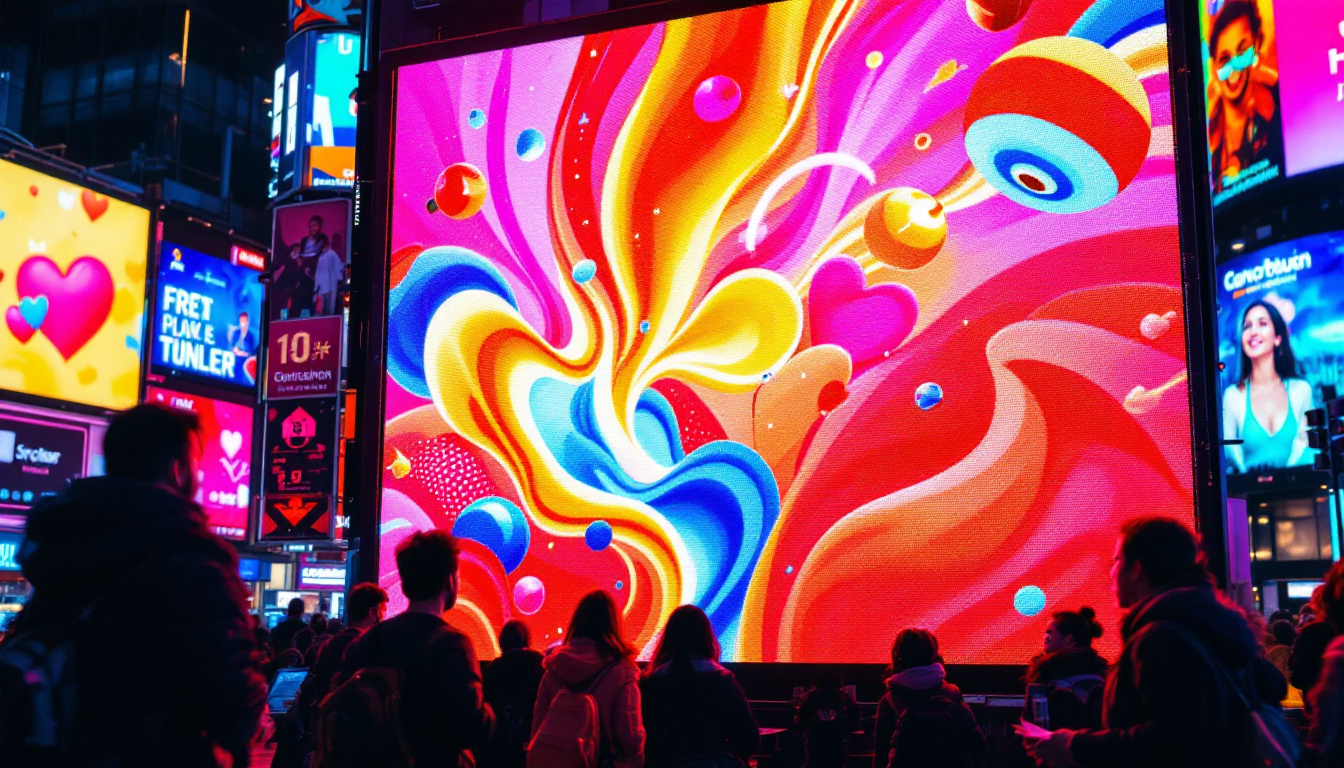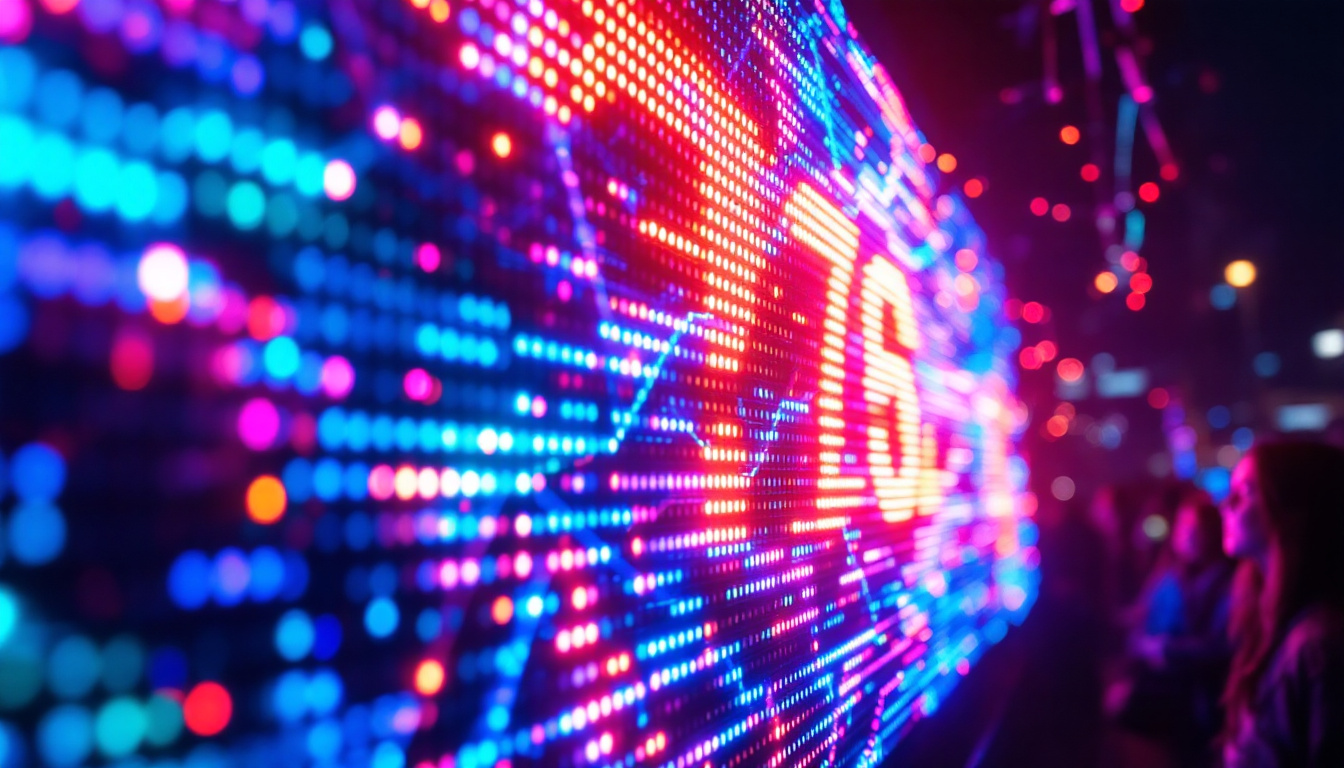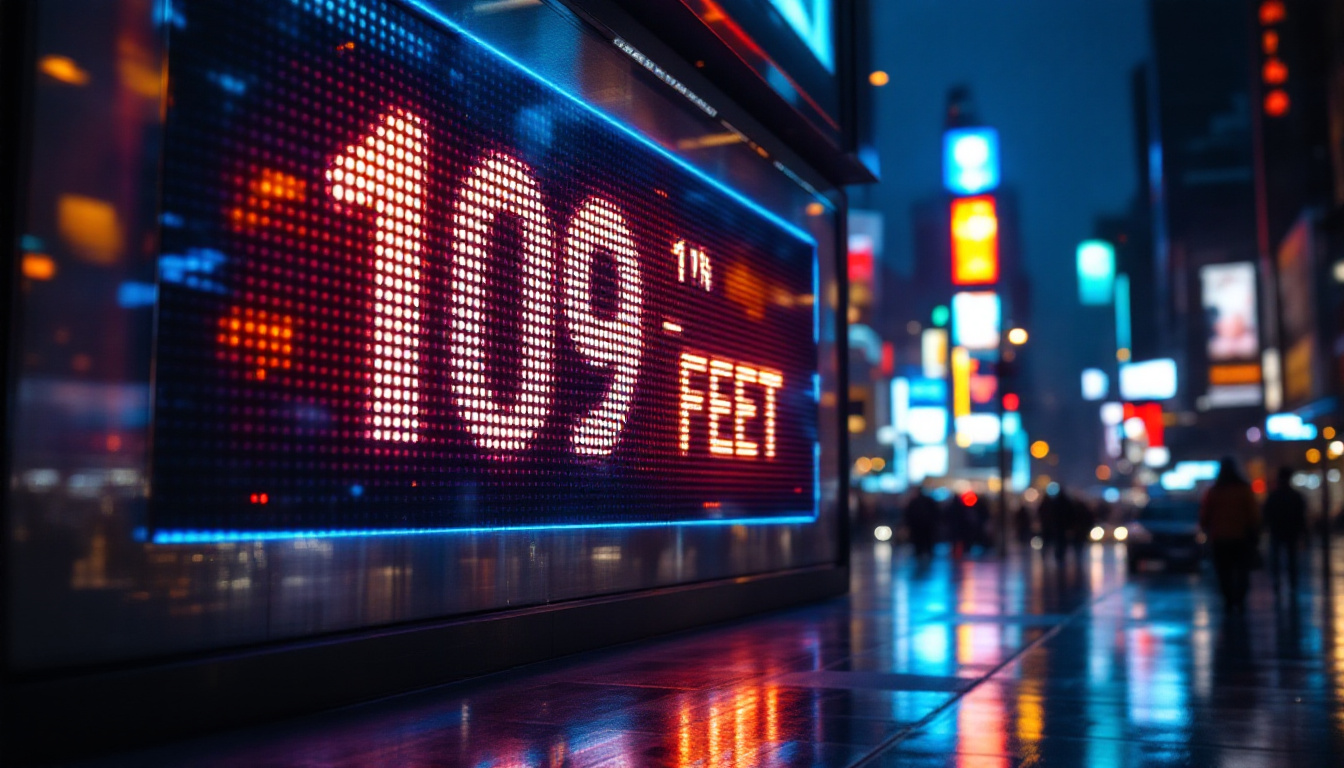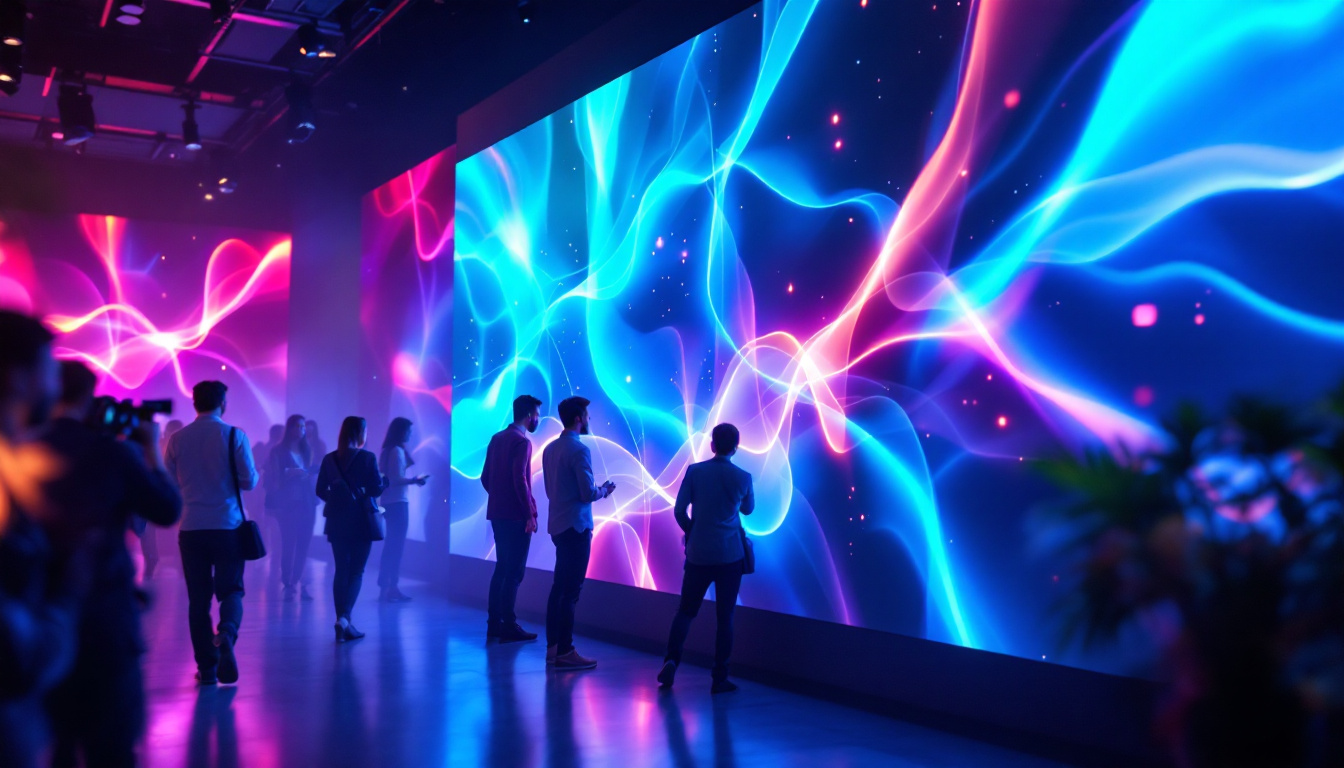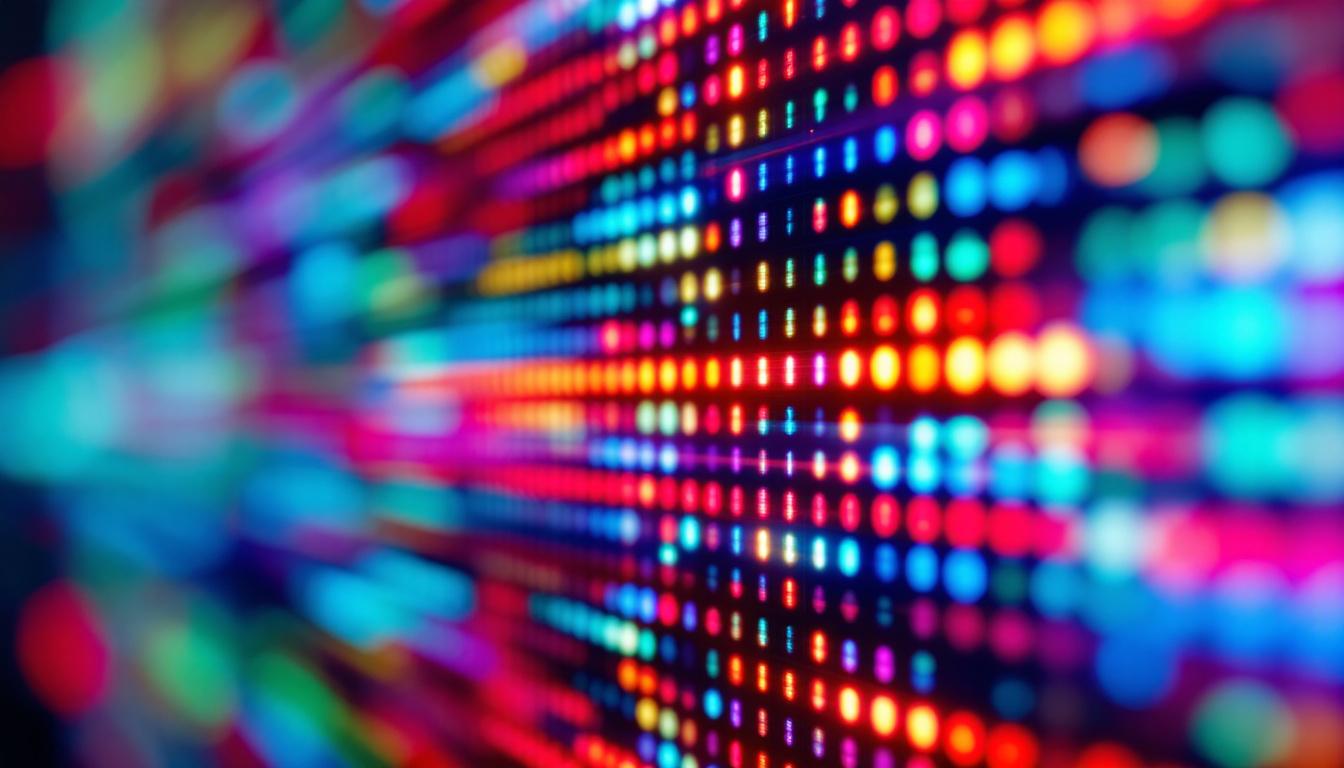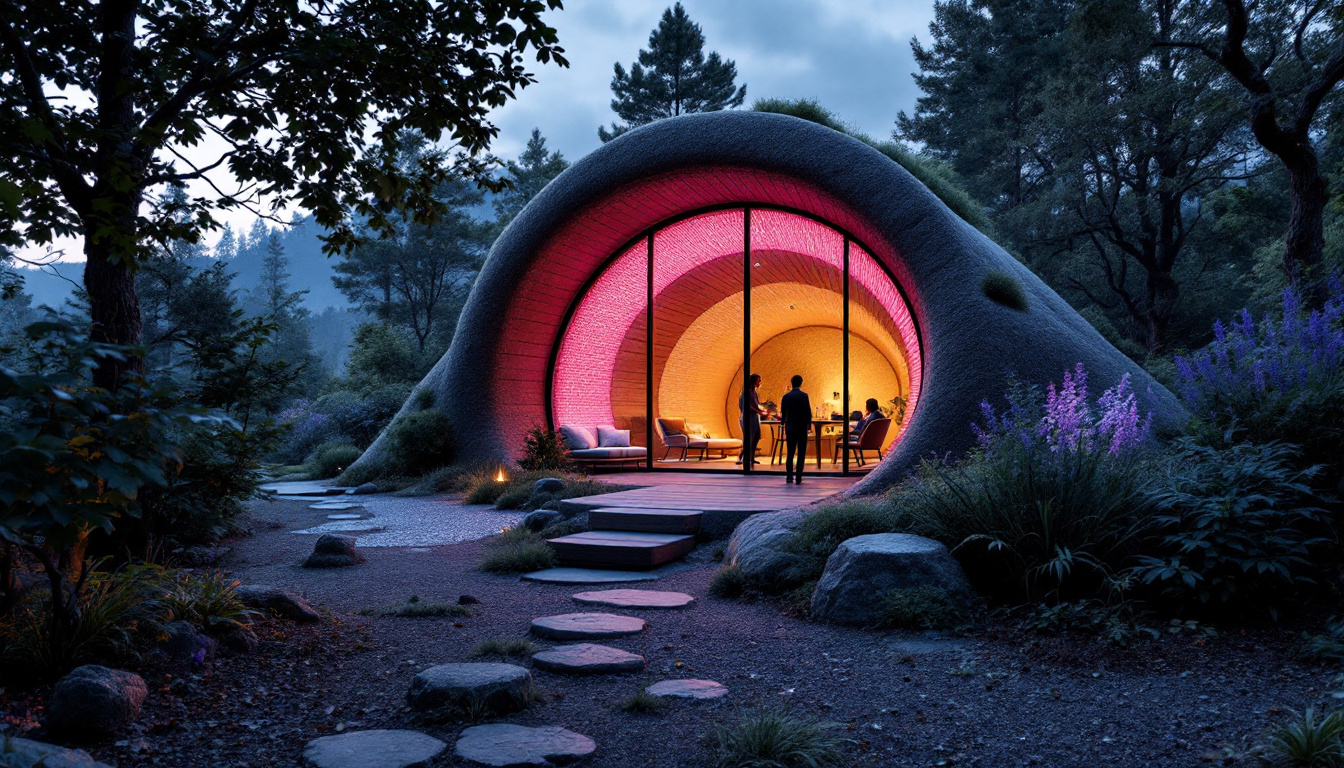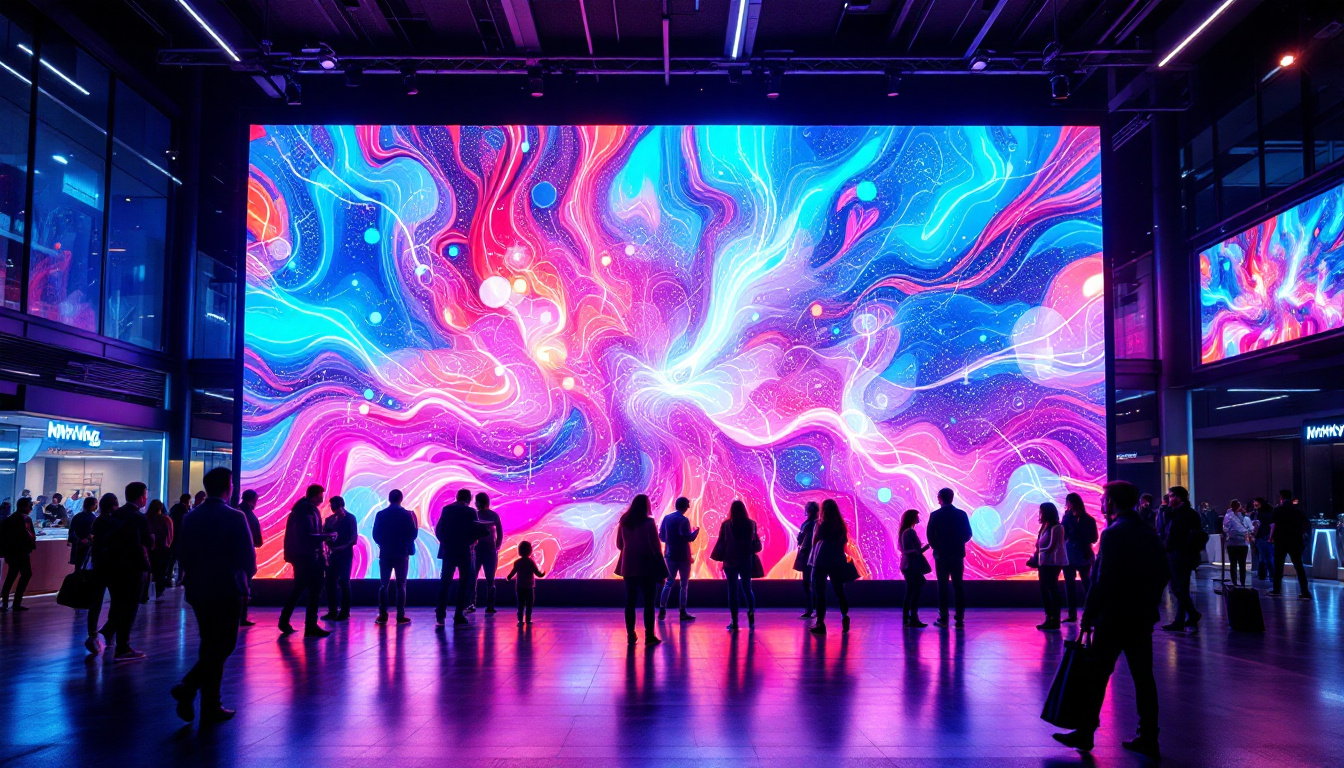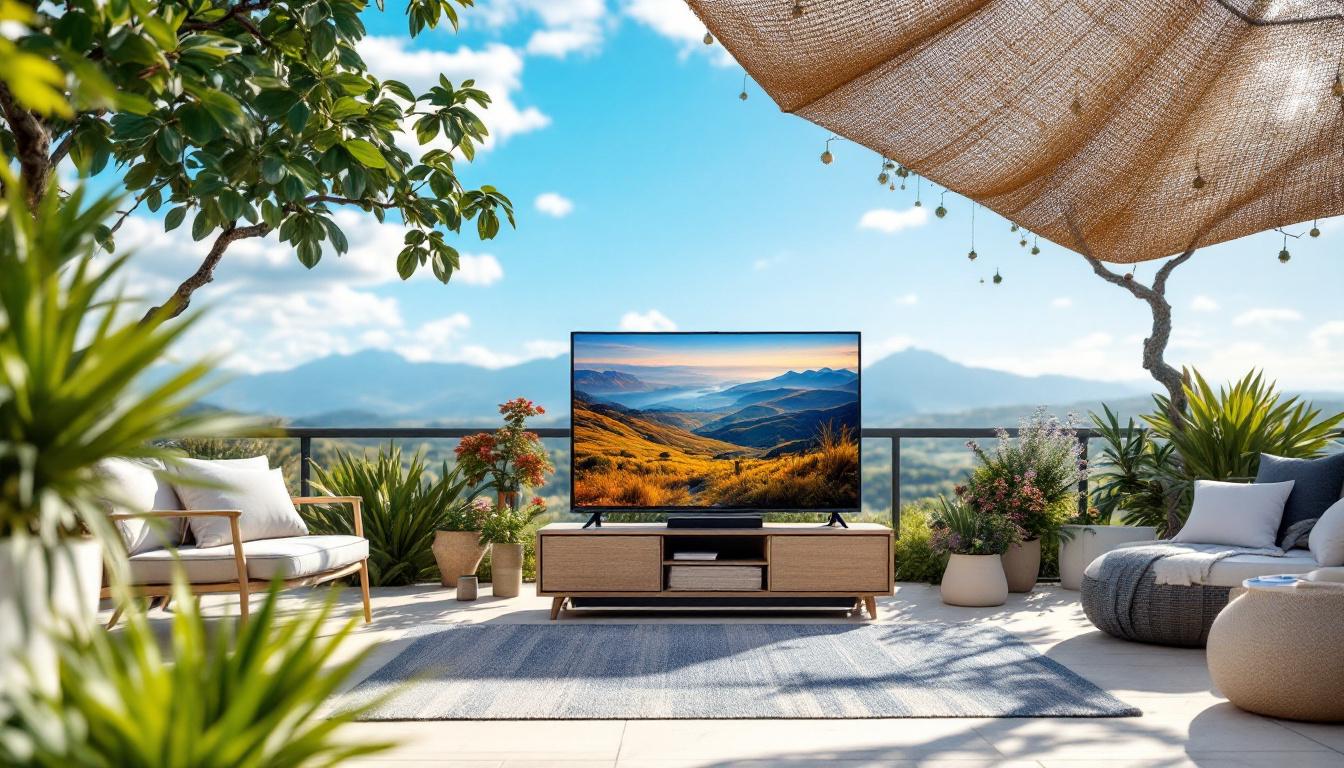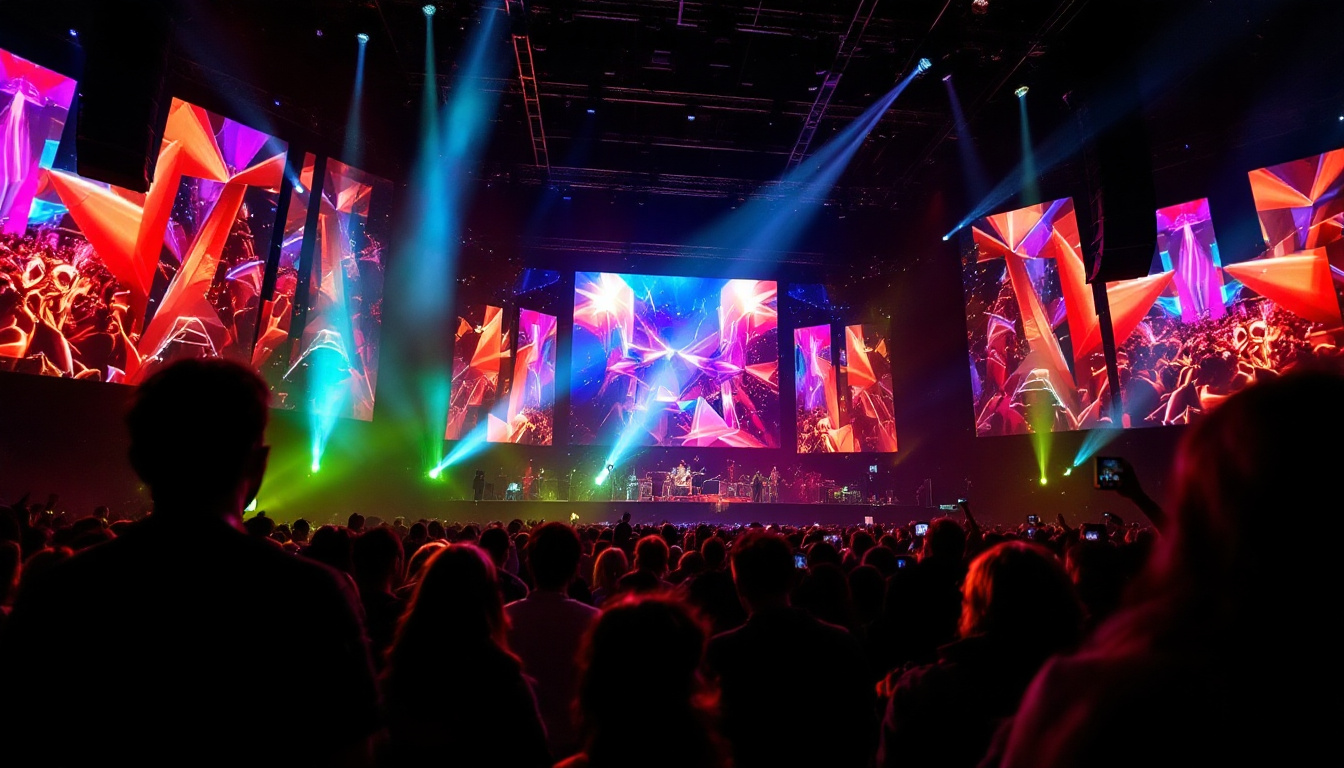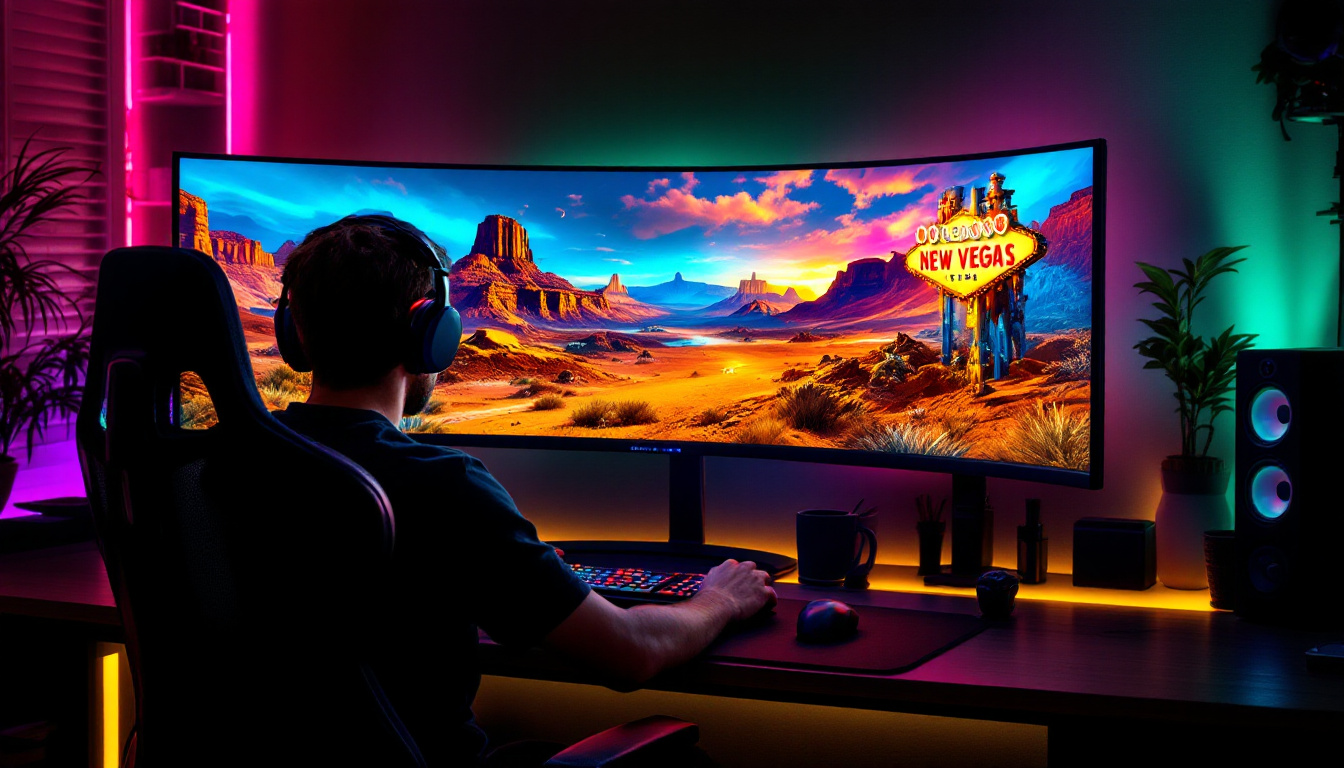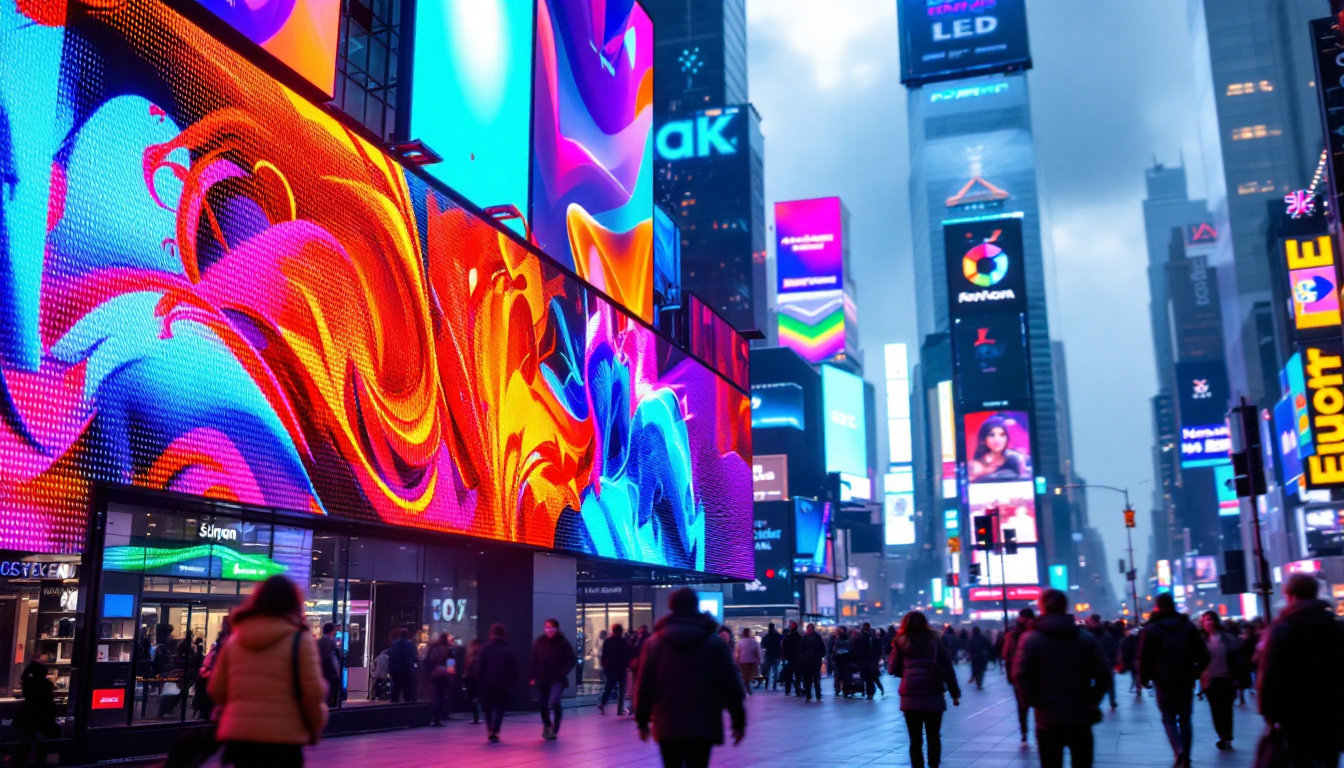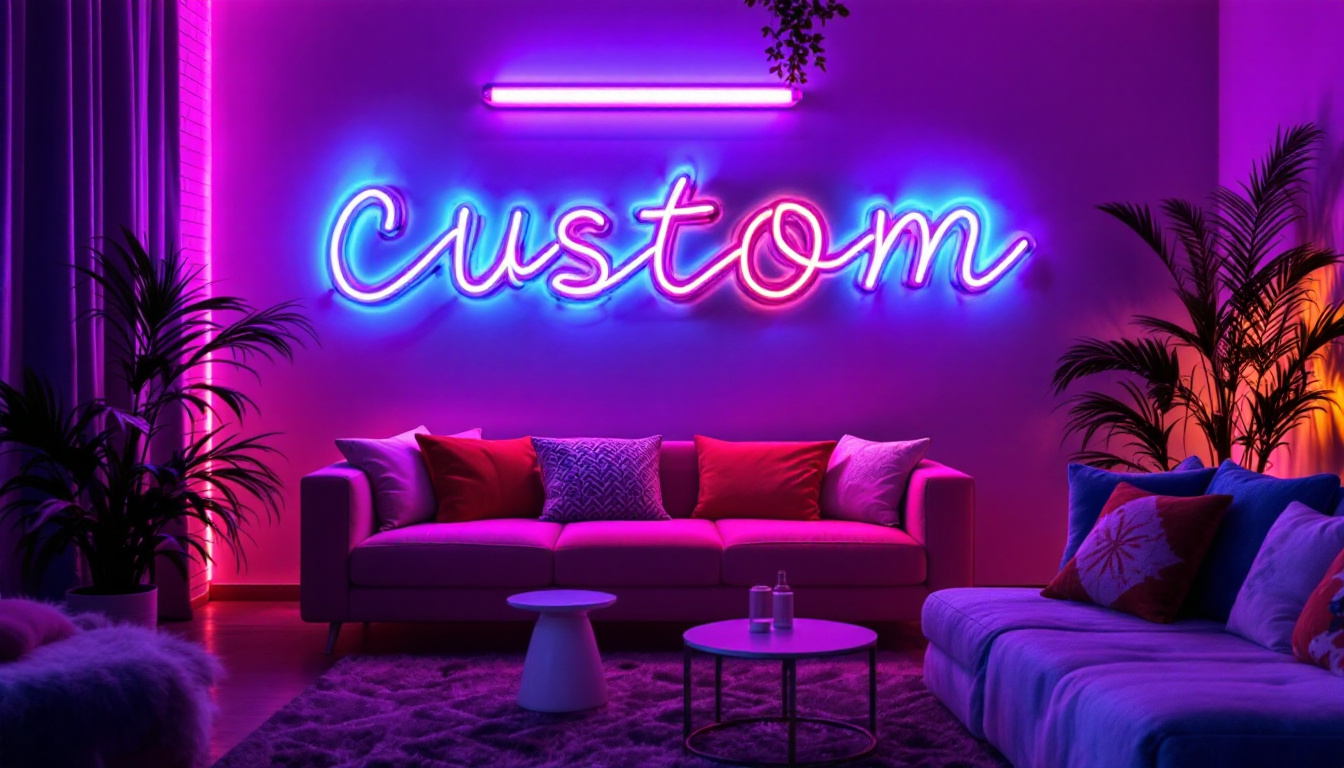In the hospitality industry, managing expenses while enhancing guest experience is a constant balancing act. One of the most effective ways to achieve this is through the integration of LED displays within hotel operations. This article delves into the various aspects of LED displays, their benefits, costs, and how they can transform the guest experience.
Understanding LED Displays
LED (Light Emitting Diode) displays have revolutionized the way information is presented in various industries, including hospitality. These displays are known for their vibrant colors, energy efficiency, and versatility. Unlike traditional signage, LED displays can convey dynamic content, making them an essential tool for hotels aiming to improve communication and marketing efforts. With the ability to update content in real-time, hotels can promote special events, seasonal offers, or even local attractions, ensuring that guests are always informed and engaged.
How LED Displays Work
At their core, LED displays consist of numerous tiny diodes that emit light when an electric current passes through them. This technology allows for high brightness and contrast levels, making the displays visible even in direct sunlight. The modular nature of LED screens means they can be configured in various shapes and sizes, catering to different hotel needs. Additionally, advancements in LED technology have led to improved pixel density, resulting in sharper images and clearer text, which is particularly beneficial for displaying intricate graphics or detailed information.
Types of LED Displays
Hotels can choose from several types of LED displays, each serving unique purposes:
- Indoor LED Displays: Ideal for lobbies, conference rooms, and restaurants, these displays are designed to provide information, advertisements, or entertainment to guests. They can be used to showcase welcome messages, highlight amenities, or even display live feeds from events happening within the hotel.
- Outdoor LED Displays: These are typically larger and more robust, designed to withstand weather conditions while attracting attention from passersby. Often placed in high-traffic areas, outdoor displays can serve as powerful marketing tools, drawing in potential guests with eye-catching visuals and timely promotions.
- digital signage: This refers to the use of LED technology to display digital content, such as menus, event schedules, or promotional materials, enhancing guest engagement. Digital signage can also be interactive, allowing guests to explore services or navigate hotel facilities through touch screens.
Furthermore, the integration of LED displays with mobile technology is becoming increasingly popular. Many hotels are now utilizing apps that allow guests to receive notifications about promotions or events directly on their smartphones, which can then be displayed on the hotel’s LED screens. This synergy not only enhances the guest experience but also provides hotels with valuable data on customer preferences and behaviors, enabling them to tailor their offerings more effectively.
As sustainability becomes a priority for many businesses, LED displays also offer an eco-friendly alternative to traditional lighting and signage solutions. Their low energy consumption translates to reduced electricity costs and a smaller carbon footprint, aligning with the growing trend of environmentally conscious hospitality. By investing in LED technology, hotels not only enhance their aesthetic appeal but also demonstrate a commitment to sustainability, which can resonate positively with guests who value eco-friendly practices.
Benefits of LED Displays in Hotels
Integrating LED displays into hotel operations can yield numerous benefits, ranging from cost savings to improved guest satisfaction. Here are some key advantages:
Enhanced Guest Experience
LED displays can significantly enhance the guest experience by providing real-time information. For instance, displaying check-in and check-out times, event schedules, and local attractions can help guests navigate their stay more effectively. Additionally, vibrant visuals can create an inviting atmosphere, making guests feel more comfortable and engaged.
Cost Efficiency
While the initial investment in LED displays may seem high, the long-term savings can be substantial. LED technology is known for its energy efficiency, which translates to lower electricity bills. Furthermore, the durability of LED displays means reduced maintenance and replacement costs over time, making them a financially sound choice for hotels.
Dynamic Marketing Opportunities
LED displays offer hotels a unique platform for dynamic marketing. Unlike static signage, these displays can be updated in real-time to promote special offers, events, or services. This flexibility allows hotels to respond quickly to changing circumstances, ensuring that guests are always informed about the latest opportunities.
Cost Considerations for LED Displays
When considering the implementation of LED displays, it is essential to evaluate the associated costs. While the initial purchase price can vary widely based on size, resolution, and technology, understanding the total cost of ownership is crucial.
Initial Investment
The cost of LED displays can range from a few thousand to tens of thousands of dollars, depending on the specifications. Factors such as pixel pitch, brightness, and screen size will significantly influence the price. It is advisable for hotels to conduct thorough market research and obtain multiple quotes to ensure they are making an informed decision.
Installation and Maintenance Costs
In addition to the purchase price, hotels must also consider installation costs. Professional installation is often recommended to ensure proper setup and functionality. Maintenance costs should also be factored in, although LED displays generally require less maintenance than traditional signage. Regular cleaning and occasional software updates are typically the main ongoing expenses.
Return on Investment (ROI)
Calculating the ROI of LED displays involves considering both tangible and intangible benefits. Increased guest engagement and satisfaction can lead to higher occupancy rates and repeat business. Additionally, the ability to promote services and events dynamically can translate into increased revenue. Hotels should analyze these factors to determine the potential ROI of their investment in LED technology.
Implementing LED Displays in Hotels
Successfully integrating LED displays into hotel operations requires careful planning and execution. Here are some steps to consider when implementing this technology:
Assessing Needs and Objectives
Before purchasing LED displays, hotels should assess their specific needs and objectives. This includes identifying the primary purpose of the displays, whether for information dissemination, marketing, or entertainment. Understanding the target audience and their preferences will also guide decisions regarding content and display locations.
Choosing the Right Location
The placement of LED displays is critical to maximizing their effectiveness. High-traffic areas such as lobbies, entrances, and dining areas are ideal locations for capturing guest attention. Additionally, outdoor displays should be positioned to attract passersby and enhance the hotel’s visibility in the surrounding area.
Content Creation and Management
Creating engaging content is essential for the success of LED displays. Hotels should focus on visually appealing graphics, concise messaging, and relevant information. Regular updates and fresh content will keep guests engaged and encourage them to return to the displays. Implementing a content management system can streamline this process, allowing for easy updates and scheduling.
Case Studies: Successful Implementation of LED Displays
Numerous hotels have successfully integrated LED displays into their operations, resulting in enhanced guest experiences and increased revenue. Here are a couple of notable examples:
Luxury Hotel Chain
A luxury hotel chain implemented large outdoor LED displays at their properties to showcase local attractions, events, and promotions. The vibrant visuals attracted attention from both guests and passersby, leading to a significant increase in foot traffic and restaurant reservations. The hotels reported a 20% increase in revenue from dining services within the first six months of installation.
Business Hotel
A business-focused hotel integrated indoor LED displays in their conference rooms to provide real-time updates on schedules and events. The displays also featured promotional content for hotel services. Guests appreciated the convenience of having up-to-date information readily available, resulting in positive feedback and an increase in bookings for future events.
Challenges and Considerations
While the benefits of LED displays are substantial, there are challenges and considerations that hotels must address to ensure successful implementation.
Technical Challenges
Integrating LED displays into existing hotel infrastructure can present technical challenges. Compatibility with current systems, such as content management software and network capabilities, should be assessed before installation. Hotels may need to invest in additional hardware or software to ensure seamless operation.
Content Management
Managing content for LED displays can be time-consuming, especially for hotels with multiple locations. Establishing a dedicated team or utilizing specialized software can help streamline content creation and scheduling. Consistency in branding and messaging across all displays is also crucial to maintain a cohesive guest experience.
Regulatory Compliance
Hotels must also consider local regulations regarding signage, especially for outdoor displays. Compliance with zoning laws, permits, and safety standards is essential to avoid potential legal issues. Consulting with local authorities before installation can help ensure that all requirements are met.
Future Trends in LED Display Technology
The landscape of LED display technology is constantly evolving, with new advancements promising to enhance functionality and user experience further. Here are some trends to watch in the coming years:
Higher Resolution Displays
As technology advances, the demand for higher resolution displays continues to grow. Ultra-high-definition (UHD) LED displays are becoming more accessible, offering sharper images and more vibrant colors. This trend will likely enhance the visual appeal of hotel displays, making them even more engaging for guests.
Interactive Displays
Interactive LED displays are gaining popularity, allowing guests to engage with content in real-time. Touchscreen capabilities can enable guests to access information, make reservations, or explore hotel services at their convenience. This interactivity can significantly enhance the guest experience, making it more personalized and enjoyable.
Integration with Smart Technology
The integration of LED displays with smart technology is another trend to watch. Hotels can leverage data analytics to tailor content based on guest preferences and behaviors. This personalized approach can lead to improved engagement and satisfaction, ultimately benefiting the hotel’s bottom line.
Conclusion
Incorporating LED displays into hotel operations presents numerous opportunities for enhancing guest experience, improving marketing efforts, and achieving cost efficiencies. While the initial investment may be significant, the long-term benefits and potential ROI make it a worthwhile consideration for hotels looking to stay competitive in the ever-evolving hospitality landscape.
By understanding the technology, assessing needs, and implementing best practices, hotels can successfully leverage LED displays to create a dynamic and engaging environment for their guests. As technology continues to advance, staying informed about trends and innovations will be essential for maximizing the potential of LED displays in the hospitality industry.
Discover LumenMatrix LED Display Solutions
Ready to elevate your hotel’s guest experience and marketing prowess with cutting-edge LED display technology? Look no further than LumenMatrix. As a leader in innovative LED solutions, we offer a comprehensive range of products from Indoor and Outdoor LED Wall Displays to specialized options like Vehicle, Sports, and Floor LED Displays. Our mission is to transform your visual communication, ensuring your message resonates with clarity and impact. Check out LumenMatrix LED Display Solutions today and start crafting unforgettable visual experiences for your guests.

